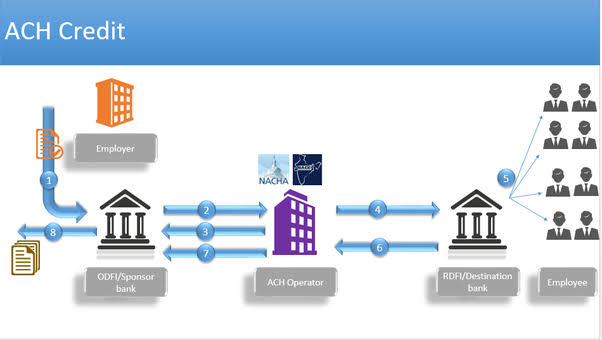The complete guide to Blockchain System of Banking - Banking Terms for Exams
One of the most talked-about topics in the financial services industry today is blockchain banking. If fully adopted, it will enable banks to process payments more quickly and more accurately while reducing transaction processing costs and the requirement for exceptions.
According to a claim by the Harvard Business Review, blockchain will do to banks what the internet did to media. When it comes to banks and financial organizations of this day, Blockchain has the potential to solve a lot of problems. Blockchain technology possesses all the attractive characteristics needed by reliable technology involving money matters. It is safe, secure, decentralized, transparent as well as relatively cheaper.
Various features of Blockchain such as decentralization, immutability, and transparency make it appealing for business sectors and domains all across the world. One such industry that is leading the way in exploring the potential of blockchain is the banking and finance industry.
Blockchain provides a very high level of safety and security when it comes to exchanging data, information, and money. It also allows users to take advantage of the transparent network infrastructure along with low operational costs with the aid of decentralization. These characteristics make blockchain reliable, promising and in-demand solution for the banking and finance industry.
How is it Unique?
For any transaction to be done we need to have a reconciliation so as to ensure that the transaction is done in a genuine way. Every time having a reconciliation is a tougher task to ensure that the transactions are done in a smoother manner.To eradicate this problem block chain built applications will play a key role by not allowing reconciliation of any transactions as all the information will be readily available and verification will be done to see that if anyone is a part of the particular blockchain ecosystem.
- Blocks store information about transactions like the date, time, and dollar amount of your most recent purchase from Amazon. (NOTE: This Amazon example is for illustrative purchases; Amazon retail does not work on a blockchain principle)
- Blocks store information about who is participating in transactions. A block for your splurge purchase from Amazon would record your name along with Amazon.com, Inc. Instead of using your actual name, your purchase is recorded without any identifying information using a unique “digital signature,” sort of like a username.
- Blocks store information that distinguishes them from other blocks. Much like you and I have names to distinguish us from one another, each block stores a unique code called a “hash” that allows us to tell it apart from every other block. Let’s say you made your splurge purchase on Amazon, but while it’s in transit, you decide you just can’t resist and need a second one. Even though the details of your new transaction would look nearly identical to your earlier purchase, we can still tell the blocks apart because of their unique codes.
Security of Blockchain
The blockchain network is secure and powerful as it is embedded with cryptography techniques. Cryptographic networks are complex to hack and thus, any kind of security breach in such networks would require a high amount of computational power in order to secure any hack. When a blockchain network is applied to any banking institution, it has to be secured with multiple security protocols. The network should be capable enough to restrict participating authorities to take control of the network only according to the access permission given to them. Depending upon the requirement, the blockchain involved in such systems or organisations could be permissioned or permissionless. People in an organisation need to be handled with different levels of access permissions in order to save the overall network from malicious insiders and cyber hackers.
The future of blockchain banking
Blockchain and distributed ledgers have a bright future. As real-time, open-source and trusted platforms that securely transmit data and value, they can help banks not only reduce the cost of processing payments, but also create new products and services that can generate important new revenue streams.
Challenges in Adoption
Blockchain sure has its advantages in terms of adoption given its proposed features but there are some hurdles along the road as well which need to be addressed for banks and financial institutions to grow ahead with blockchain.



Comments
Post a Comment